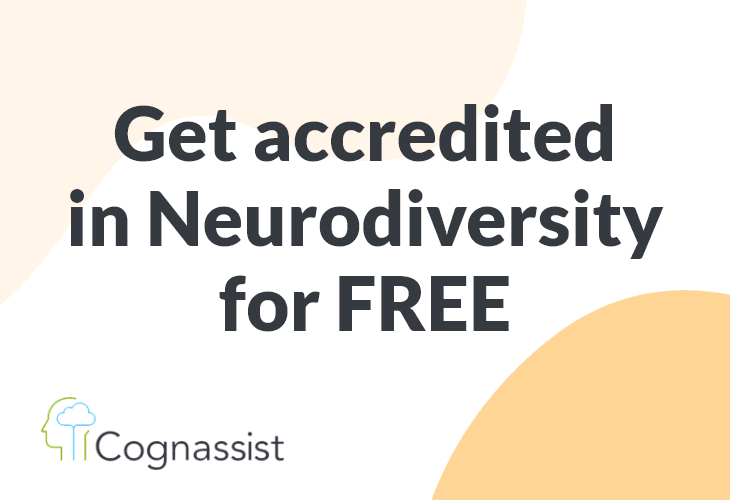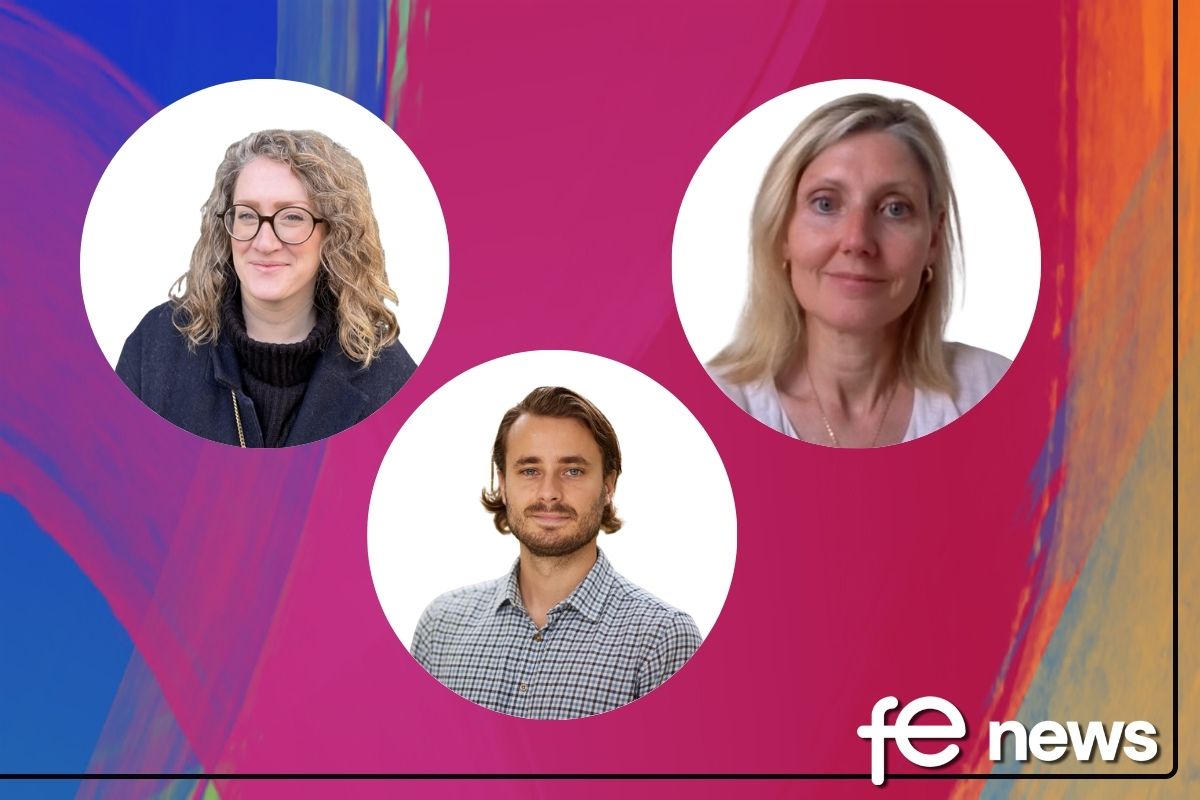How to support neurodiverse learners: #2 Non-Verbal memory

This domain encompasses our ability to remember visual information.
For example, recognising body language, facial expressions, recall of events and sense of direction.
We all recognise the terms short-term and long-term memory, but not all of us may realise that we actually have different domains for remembering different types of information.
“Visual processing is the ability to generate, perceive, analyse, synthesise, store, retrieve, manipulate, transform, and think with visual patterns and stimuli, or more succinctly,
‘‘the ability to make use of simulated mental imagery to solve problems’’ (Schneider & McGrew, 2012, p. 129).” (The Cattell-Horn-Carroll Theory of Cognitive Abilities, 2014)
Difficulties with non-verbal memory can cause noticeable behaviours, like:
- Finding it hard to understand and visualise abstract concepts.
- Being less likely to remember how to do tasks we’ve already completed once.
- Navigating new situations, especially with unfamiliar people, can be distressing or cause anxiety.
- If a meeting or lesson location is changed, we may have difficulty finding the new location or may not turn up.
It is crucial to identify what support learners will need as early in their programme as possible. We recommend doing this as part of the onboarding process. Something as simple as a conversation with the learner can help us to discover if they have had any previous support in school or feel like they struggle with certain things.
Our best advice: get to know your learners from day one. You don’t want to risk leaving it too late to provide vital support.
Our three top tips for supporting a need in non-verbal memory
#1 simplify abstract concepts and relate them to real-world scenarios
Some of the skills, knowledge and behaviours related to a learner’s programme may be more abstract than others and require further explanation. For example, in customer-facing and team roles, empathy is very important for interpersonal skills. But empathy is a complex concept that involves different behaviours.
Some learners may struggle to visualise how this concept relates to their job role. In this example, tutors could use a customer or HR complaint as a real-world scenario to show how someone can be more empathetic: by listening to the complaint without interruption or asking the learner to think how they would feel if they were the customer.
Anything you can do to help the learner visualise concepts and relate them to their role will help to reinforce the knowledge they learn and how they can directly use it in their job.
#2 Use a consistent visual structure
When designing presentations, worksheets or other visual material, it can help to create a consistent layout. Using bullet points to emphasise points, changing the font size or highlighting the main points in bold.
Perhaps even using a colour coding system – but keep it simple. Whatever design or visual cues we use, creating consistency helps mitigate some difficulties learners may have when processing visual information.
With time, learners will come to know and intuitively understand this visual structure, meaning they can spend less time and energy trying to process visual information and can focus on the content they need to learn instead.
#3 Clearly outline learning objectives or aims
Providing learners with clearly outlined verbal aims can help people visualise expected outcomes and decide whether they have met these aims. Providers may even make a list for each of the skills, knowledge and behaviours learners should gain throughout their programme.
Providing weekly or monthly aims can help people visualise what they need to be doing. If someone is struggling more than their peers, try giving specific actions to take in each lesson or assignment, and ask them if there are any terms or tasks they don’t understand.
Any steps we can take to aid comprehension and increase learners’ success on programme will make a big difference.
Many tutors will naturally adapt to different learners, but having reliable processes and practices in place ensures all tutors can use a standard structure that is more inclusive.
Dr. Louise Karwowski, Head of Science, Cognassist
So, what’s next?
We’re about to bring you something very exciting. A serialised set of guides on how to identify and support learners with a need in the eight key cognitive domain.
How to support neurodiverse learners: |
We’ll be posting one guide a week, rounding up with a podcast with Dr Louise Karwowski, Head of Science at Cognassist, who will discuss the importance of starting the conversation about neurodiversity with your staff and learners.
If you like the sound of understanding more about neurodiversity, you can register for free for the NCFE endorsed Neurodiversity Masterclass here:
You can also check out the full guide How to support Neurodiverse learners now.












Responses